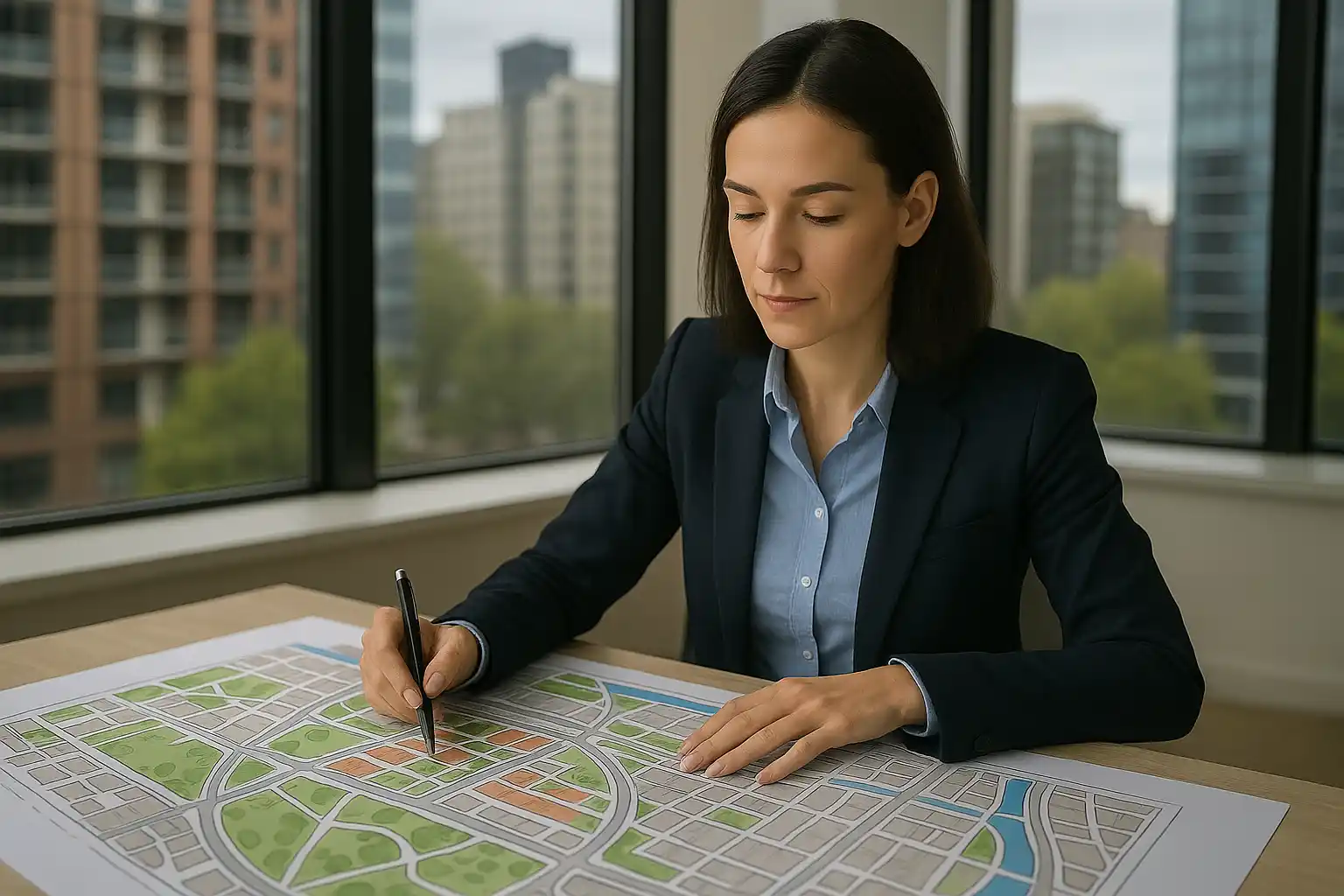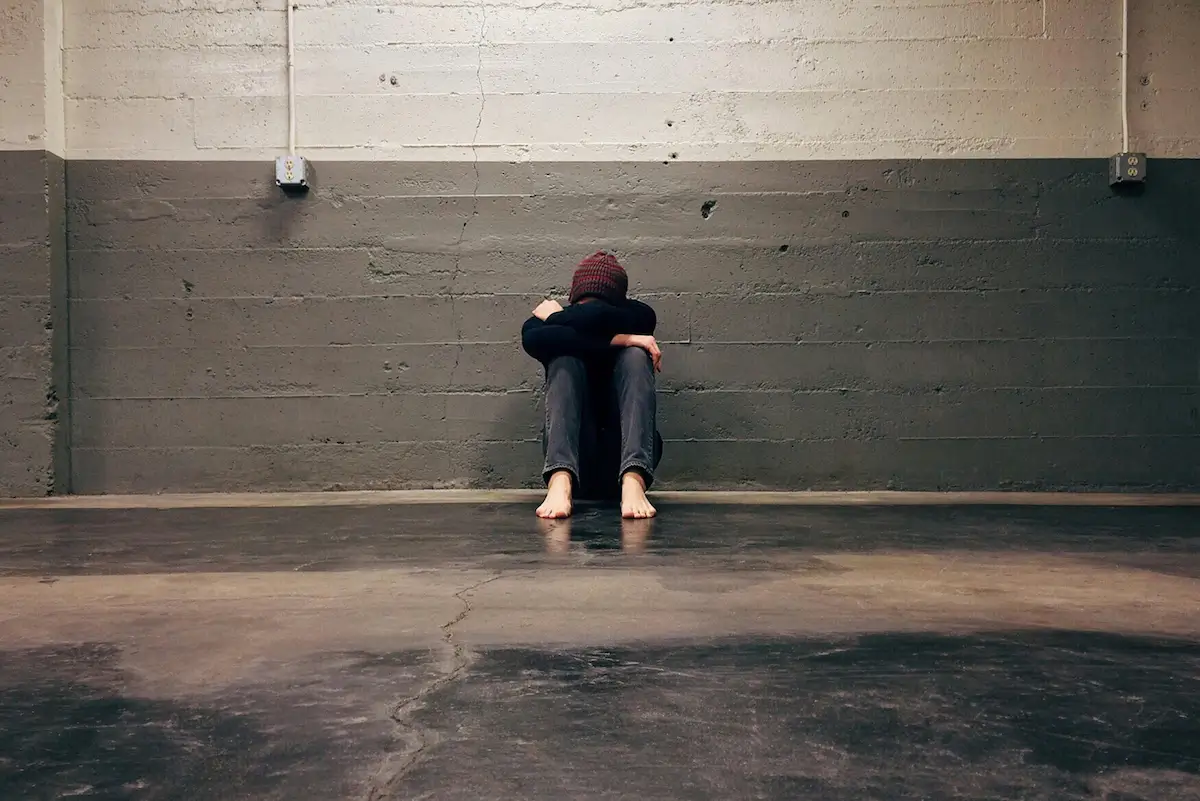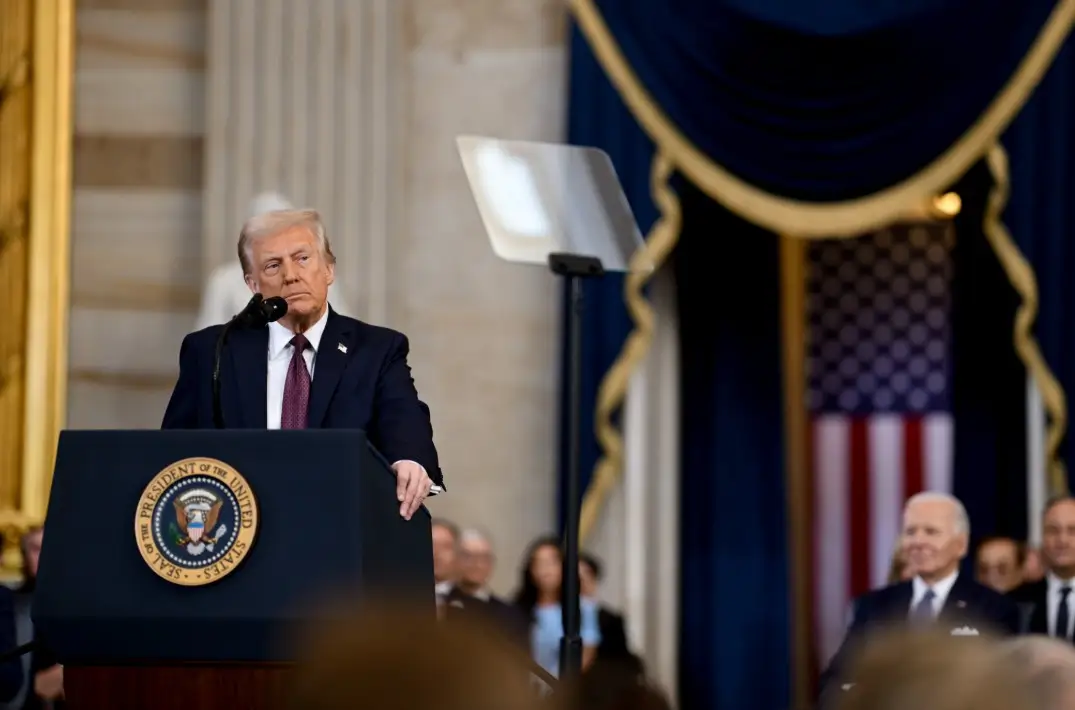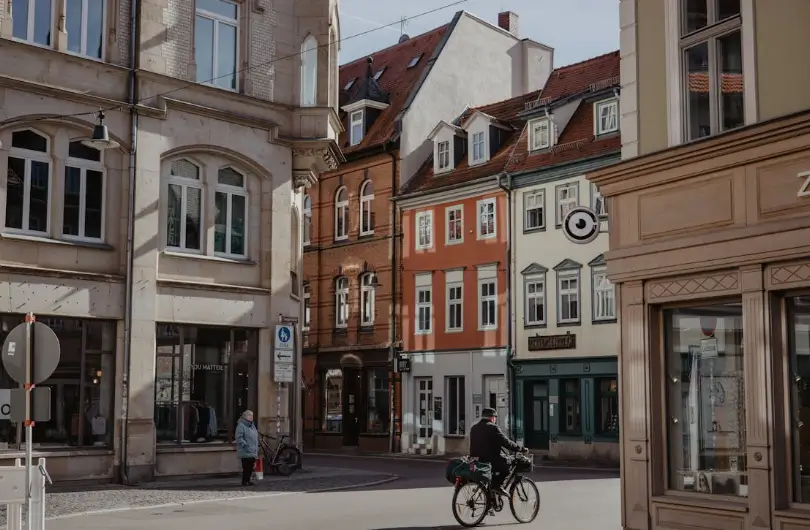What Does a Planner Actually Do?
You’ve probably heard the term “planner” before, maybe at a public meeting, on a permit notice, or when a project in your neighborhood sparked controversy. But what is a planner, really? And what do we actually do all day?
Spoiler: it’s not just picking where buildings go or drawing maps. Planning is part technical, part community, part policy, and part referee. Most of the time, we’re juggling competing interests, interpreting rules we didn’t write, and trying to make things work in systems that are...less than perfect.
First, What a Planner Is (and Isn’t)
Let’s begin by clearing something up: urban and regional planners are not event planners. We’re also not architects, traffic engineers, or politicians. However, we do work closely with all of them. We operate in the space between vision and regulation. Between what a community wants and what the code allows. Between politics, public input, and physical place.
So, What Do Planners Actually Do?
So glad you asked.
The day-to-day varies by job, city, and role, but here are the core functions of what a planner actually does.
- Review Development Proposals: We evaluate site plans, permits, rezoning requests, land use amendments, subdivisions, re-plats....all to ensure projects align with zoning rules, policy regulations and community plans.
- Write and Interpret Codes: Planners help draft zoning ordinances, land development regulations, and comprehensive plans that guide future growth.
- Engage with the Public: We attend public meetings, lead workshops, and gather feedback. Sometimes we get thanked. Often we get yelled at.
- Coordinate with Other Departments: Think fire, utilities, public works, legal. Planners help ensure development aligns with safety, infrastructure, and environmental requirements.
- Balance Competing Priorities: Housing vs. green space. Affordability vs. design standards. Speed vs. process. It's all about compromise and trade-offs.
What People Think Planners Do
- Approve or deny projects based on personal opinion
- Single-handedly decide where buildings go
- Cause traffic
- Enforce rules we made up (we didn’t)
What Makes the Job Hard
Planning is often about making judgment calls in gray areas. Rules aren’t always clear, stakeholders don’t always agree, and public trust can be low—especially when past planning decisions have hurt communities.
We’re often working within outdated frameworks while trying to build something more responsive and equitable. And when the process feels slow or disconnected, people assume we don’t care. But the truth is, most of us do care, a lot.
Why It Still Matters
Planning isn’t glamorous, and it’s not always visible. But it shapes how communities function. Where housing gets built. Whether kids can walk to school safely. How far you have to drive to get groceries. Whether your neighborhood floods or thrives.
Good planning helps create places that are safer, more connected, and more equitable. Bad planning leaves behind problems that can last for decades.
So the next time you hear "planner," think less "bureaucrat with a clipboard" and more "translator, negotiator, and community guide."
Because that’s what we’re really doing, even when it doesn’t look like much from the outside.
Want to learn more about what planners do and the way they think? Check out: Why People Hate Planners.
%20(1200%20x%20237%20px)%20(300%20x%2059%20px).webp)


.webp)


